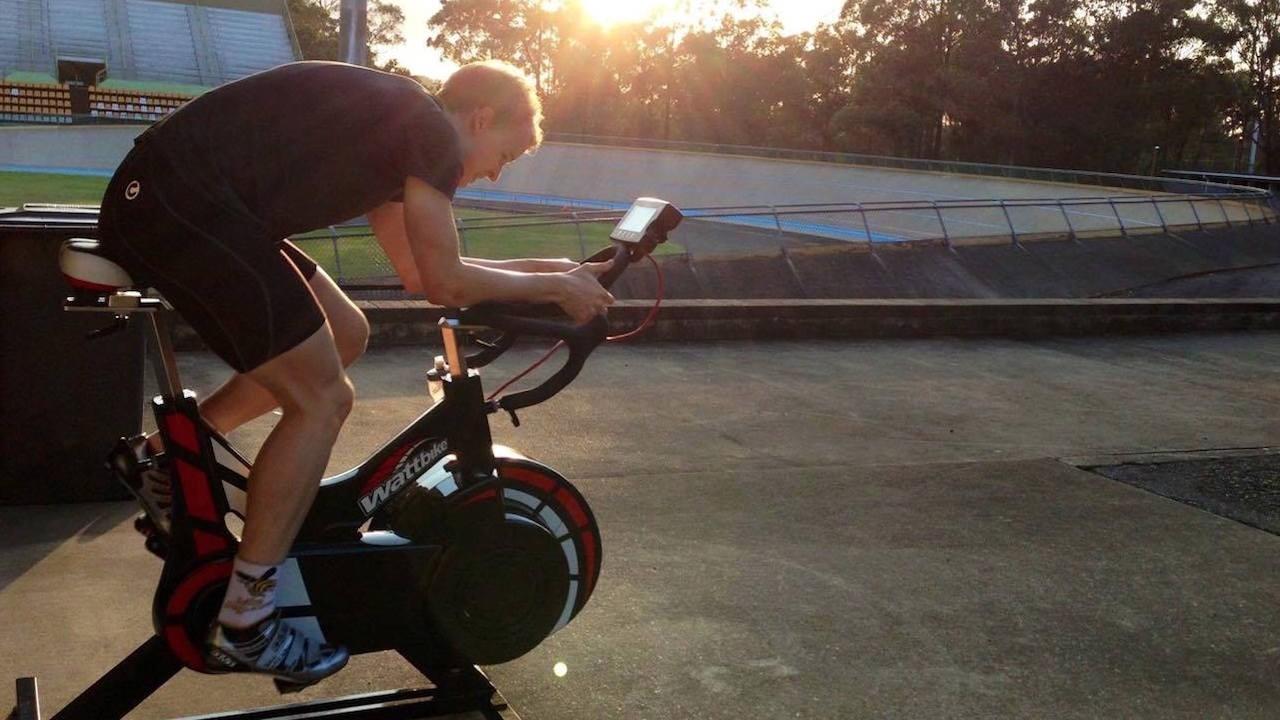Here's 5 Tips to Help You Map Out Your Cycling Training

So you don’t have a Personal Coach to help you with your cycling goals?
No worries - We're here to help!
Here are 5 tips to help guide you, keep you on track, and map out your cycling training.
1. Planning
Planning is the first and most important part of mapping out your training.
It's a great idea to sit down and work out the following:
What have you achieved to date?
Have you got previous results to build upon?
Or are you new to the sport and needing to complete a few races or preliminary baseline testing to work out where you’re at?
What are your major season goals?
This could be a local race or event, club event, National event or International event.
This will depend on the level that you’re riding at.
It’s important that when mapping out your season goals you ensure that they follow the S.M.A.R.T. principles (Specificity, Measurability, Attainability, Realistic, Time Measurable).
What commitments and external activities such as work and study have you already got on your plate and how much training can you factor into your calendar?
This is an important one as training to work:life balance is really important to set you up for success on the bike.
2. Keeping it Social
If you're on your own and not part of a team, training solo can be boring and lonely at times.
If this is you, then it’s a great idea to reach out to local cycling groups and work out when your local sessions and events are being held.
Whilst training on your own is very possible, finding the fun in the sport by meeting new riding friends will ensure you’re enjoying the sport at the same time - and sometimes these riding buddies will keep you accountable to your goals too!
3. Mixing it Up!
To ensure adaptation and improvement in your cycling, you need to mix up your training to include a bunch of different physiological stimulus and riding components.
These will vary at different times of the year, ultimately ensuring you're trying all energy systems, and technical aspects required in the lead up to your major events.
Periodisation is important, and training activities is a major part of this!
Click here to read our free blog on training periodisation and how to do it.
4. Training Apparatus
If you only have a track bike and a 48 chain ring and 16 toothed cog in your possession then you’re going to be limited by the scope of your equipment.
For some, this is all you’ll need for the first 6 months of your track riding whilst you’re learning to develop pedalling efficiency.
But beyond that, additional training equipment and apparatus will be required to improve and reach another level in the sport.
This doesn’t necessarily mean going out and buying the most expensive carbon fibre track frame and 50 of the best dura-ace chain ring and cog sets.
Instead, look at quality and reliable equipment that will help you develop in the sport.
We would say that every developing track rider will benefit from:
- A bike frame, helmet and basic riding equipment
- Quality Non-Fancy Spoked wheels
- A set of rollers (this will help your efficiency! Click here to find out why!)
- A few sets of chain rings and cogs (gear ratios from 81” to 110”) - and this is dependable upon the background, strength and efficiency experience of the rider (Hint: Start on smaller gears and learn how to pedal!!)
- An ergo or resistance trainer
5. Recovery
Recovery is crucial to performance!
Sleep, Hydration and Nutrition are 3 of the most important strategies to ensuring recovery takes place!
Learn more about the importance of recovery in our free blog and video from Olympic Physiotherapist Mark Stokes.
So there you have it!
You can improve your cycling coaching without having the luxury of a personal coach!
With good guidance and strategies, you will improve your cycling performance.
If you would like more support and advice, we have an exclusive offer with our Inner Circle where members have access to us 24/7 and receive all of our training programs and products!
We hope you enjoyed this blog, please feel free to leave us a comment below, and let us know how your training is going!



